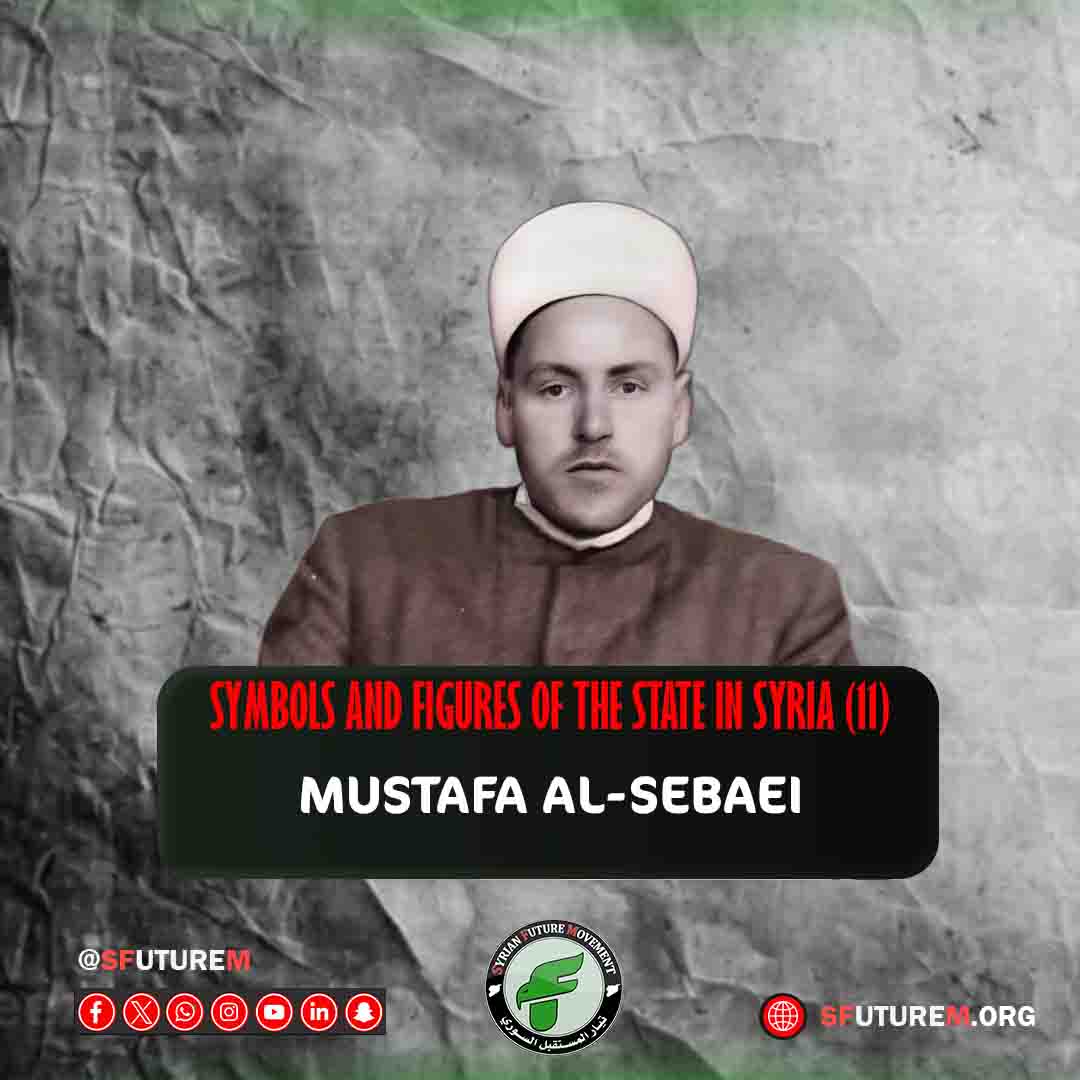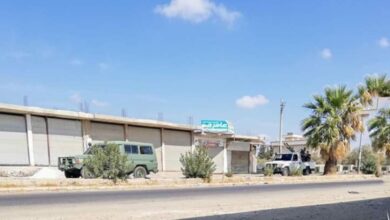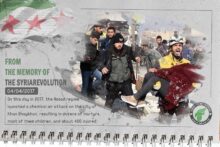Symbols and Figures of the State in Syria (11): Mustafa Al-Sebaei

- He was born in the city of Homs in 1915.
- He grew up in a well-known scholarly family, where his father and ancestors delivered sermons in the mosques of Homs.
- He was influenced by his father, Sheikh Husni Al-Sibai, a scholar of religion.
- He began memorizing the Qur’an and learning the basics of Islamic sciences until he reached the age to enter elementary school, where he joined Al-Masoudiya School.
- After completing his elementary education there, he enrolled in a religious high school and graduated in 1930.
- In 1933, he went to Egypt to pursue university studies at Al-Azhar.
- In 1941, he participated with Egyptians in demonstrations against the British occupation.
- He supported Rashid Ali Al-Kilani’s revolution in Iraq against the British.
- He was arrested by Egyptian authorities at the behest of the British, along with a group of his fellow students, for about three months, after which he was transferred to Sarafand Detention Camp in Palestine, where he remained for four months before being released on bail.
- He presented his academic thesis, “The Sunnah and Its Role in Islamic Legislation,” which received an excellent grade in 1949. It became one of the important contemporary references for the Islamic world.
- He earned his doctorate in Islamic law from Al-Azhar in 1949, becoming the first Syrian to obtain this prestigious degree.
- He participated in resisting the French occupation of Syria at the age of sixteen.
- He was arrested for the first time in 1931 on charges of distributing pamphlets in Homs against French policies. He was arrested again for delivering speeches against French policies and the French occupation.
- He participated in the 1948 Palestine War, leading a Syrian battalion.
- During his studies in Egypt, he met the founder of the Muslim Brotherhood, Hassan Al-Banna, and maintained a connection with him after returning to Syria.
- He met with scholars, preachers, and leaders of Islamic associations in various Syrian provinces, and they decided to unify their efforts and work together as a group. Thus, the Syrian branch of the Muslim Brotherhood was founded.
- This meeting was attended by “Said Ramadan” from Egypt, one of the first-generation leaders of the Brotherhood, in 1942.
- Three years later, in 1945, Mustafa Al-Sibai was chosen as the first General Supervisor of the Muslim Brotherhood in Syria.
- In 1947, he established the newspaper Al-Manar, which was later suspended by President Husni Al-Za’im after the military coup in 1949.
- In 1955, he co-founded the weekly magazine Al-Shihab, which continued until the unification with Egypt in 1958.
- That same year, in 1955, he obtained a license to issue the monthly magazine Al-Muslimoon, which had been previously discontinued in Egypt. The magazine was published in Damascus until 1958, when it was transferred to its owner, Said Ramadan, in Geneva, Switzerland.
- He later replaced it with Hadarat Al-Islam, a monthly magazine, which he managed until his death. Afterward, Dr. Muhammad Adeeb Saleh took over its publication in Damascus.
- Al-Sibai was elected as a deputy for Damascus in the Constituent Assembly (Syrian Parliament) in 1949.
- He was elected Vice President of the Council.
- He was also elected as a member of the nine-member Constitution Committee.
- In 1950, he was appointed a professor at the Faculty of Law at the Syrian University.
- He successfully established the Faculty of Sharia at Damascus University in 1955, becoming its first dean.
- Al-Sibai became well-known for his lectures at Damascus University, particularly in the “Research Hall,” as well as in Syria’s cultural and intellectual circles. He was also recognized as a poet, a philosopher, and a journalist proficient in writing religious and political essays.
- In 1956, Al-Sibai requested permission from the Syrian government to allow the Muslim Brotherhood in Syria to participate in the Suez War alongside the Egyptians. In response, President Adib Al-Shishakli’s government dissolved the Brotherhood and arrested Al-Sibai and his comrades.
- Al-Shishakli ordered Al-Sibai’s dismissal from the Syrian University and his exile to Lebanon.
- After Hassan Al-Hudaybi’s arrest in Egypt during the Muslim Brotherhood’s conflict with the Egyptian government following the July Revolution, the Muslim Brotherhood in Arab countries established an Executive Office, with Dr. Mustafa Al-Sibai as its head.
- Among his most important works are: The Sunnah and Its Role in Islamic Legislation, Commentary on Personal Status Law (three volumes), From the Wonders of Our Civilization, Women Between Jurisprudence and Law, Thus Life Taught Me (three volumes, written during his illness), Islamic Socialism (later published as Social Solidarity in Islam), Religion and State in Islam, The System of Peace and War in Islam, Flexibility and Evolution in Islamic Legislation, Our Approach to Reform, Relations Between Muslims and Christians in History, Religious Tolerance, and many other works that made him the foremost theorist of the Islamic movement in Syria.
- In the final years of his life, he was afflicted with partial paralysis, which left the left side of his body paralyzed. He endured this condition for eight years until his death on Saturday, January 27, 1384 AH (October 3, 1964). He passed away at the age of 49, and his funeral was held at the Umayyad Mosque, attended by people from all walks of life in Damascus.
In the Syrian Future Movement (SFM), as we recall the memory of the founding figures of Syria, we pay tribute to one of Syria’s influential men and a symbol of the early Syrian state and the Islamic movement, who contributed significantly to its foundation. He was the foremost academic and founder of the Faculty of Sharia in Damascus, Sheikh Mustafa Al-Sibai. This is part of a sequential series we present to you, highlighting key figures and icons of the Syrian state. Our goal is to link our contemporary revolutionary present with a firm past and historical milestones, with the hope of reviving in our people the need to build and create distinguished statesmen. By learning from their experiences and building on their legacy, we aim to safeguard the nation, preserve its achievements, and restore Syria’s glory and pride after years of oppression, tyranny, and corruption.






